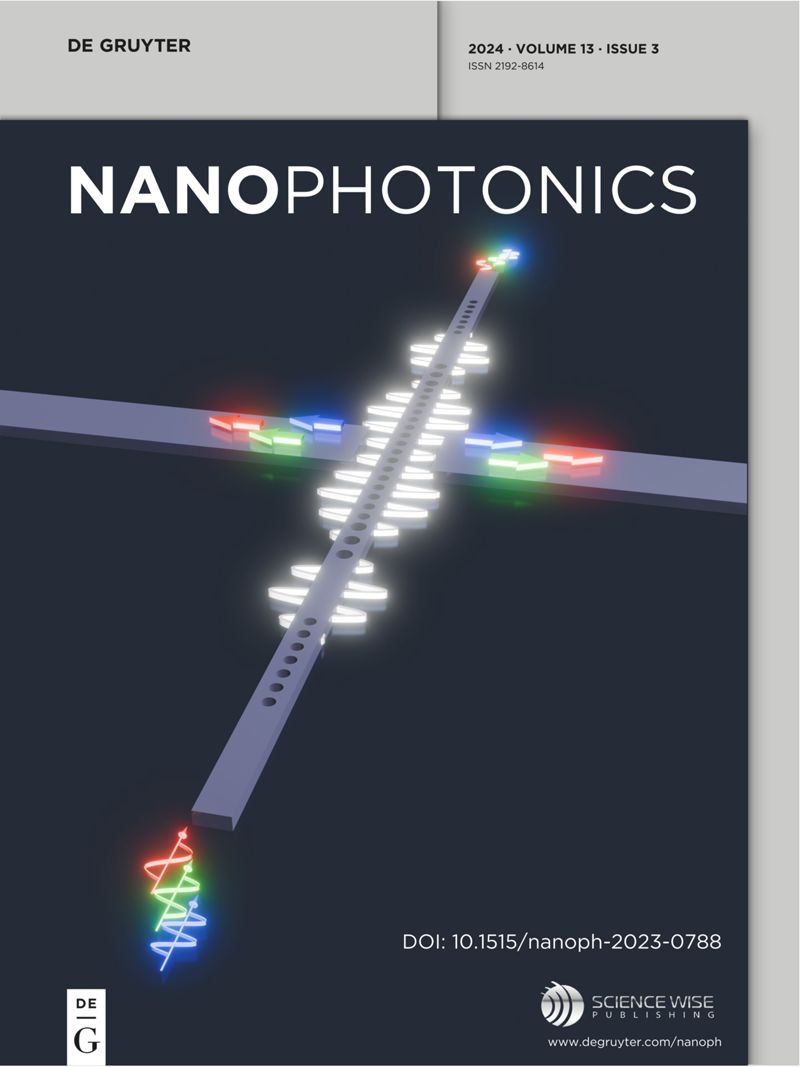The theory of the quantum walk comb laser
IF 6.5
2区 物理与天体物理
Q1 MATERIALS SCIENCE, MULTIDISCIPLINARY
引用次数: 0
Abstract
The development of on-chip optical frequency comb devices paves the way for novel applications in environmental tracking, fast ranging and smart communication solutions. Recently, a new type of frequency comb device, based on a modulated ring quantum cascade laser, was introduced and demonstrated. Here we present a rigorous theoretical study of this type of device, also known as the quantum walk comb laser. We show that resonant phase modulation of a fast gain laser with a dispersive circular cavity is sufficient to support a broadband comb. This method requires the gain to have a sufficiently fast recovery time to support quasi-instantaneous suppression of intensity fluctuations. When this condition is met, the modulation leads to quantum walk dynamics, and then to stabilization onto a stable and controllable frequency comb. We show this type of dynamics through simulations using realistic parameters and reveal the impact of higher-order contributions from gain and dispersion. We also study the resilience of this type of mode-locked laser to noise injection and show its superiority to that of active mode-locking. We believe that this work will allow the development of comb devices with high wall-plug efficiency, arbitrary output spectral shaping and increased stability properties.量子行走梳状激光器的理论
片上光学频率梳器件的发展为环境跟踪、快速测距和智能通信解决方案的新应用铺平了道路。本文介绍并演示了一种基于调制环形量子级联激光器的新型频率梳器件。在这里,我们提出了这种类型的设备,也被称为量子行走梳激光器严格的理论研究。我们证明了具有色散圆腔的快速增益激光器的谐振相位调制足以支持宽带梳。这种方法要求增益具有足够快的恢复时间,以支持准瞬时抑制强度波动。当满足此条件时,调制导致量子行走动力学,然后稳定到稳定可控的频率梳上。我们通过使用真实参数的模拟来展示这种类型的动力学,并揭示增益和色散的高阶贡献的影响。我们还研究了这种锁模激光器对噪声注入的弹性,并证明了其相对于主动锁模激光器的优越性。我们相信这项工作将允许开发具有高壁塞效率,任意输出频谱整形和增加稳定性的梳状器件。
本文章由计算机程序翻译,如有差异,请以英文原文为准。
求助全文
约1分钟内获得全文
求助全文
来源期刊

Nanophotonics
NANOSCIENCE & NANOTECHNOLOGY-MATERIALS SCIENCE, MULTIDISCIPLINARY
CiteScore
13.50
自引率
6.70%
发文量
358
审稿时长
7 weeks
期刊介绍:
Nanophotonics, published in collaboration with Sciencewise, is a prestigious journal that showcases recent international research results, notable advancements in the field, and innovative applications. It is regarded as one of the leading publications in the realm of nanophotonics and encompasses a range of article types including research articles, selectively invited reviews, letters, and perspectives.
The journal specifically delves into the study of photon interaction with nano-structures, such as carbon nano-tubes, nano metal particles, nano crystals, semiconductor nano dots, photonic crystals, tissue, and DNA. It offers comprehensive coverage of the most up-to-date discoveries, making it an essential resource for physicists, engineers, and material scientists.
 求助内容:
求助内容: 应助结果提醒方式:
应助结果提醒方式:


